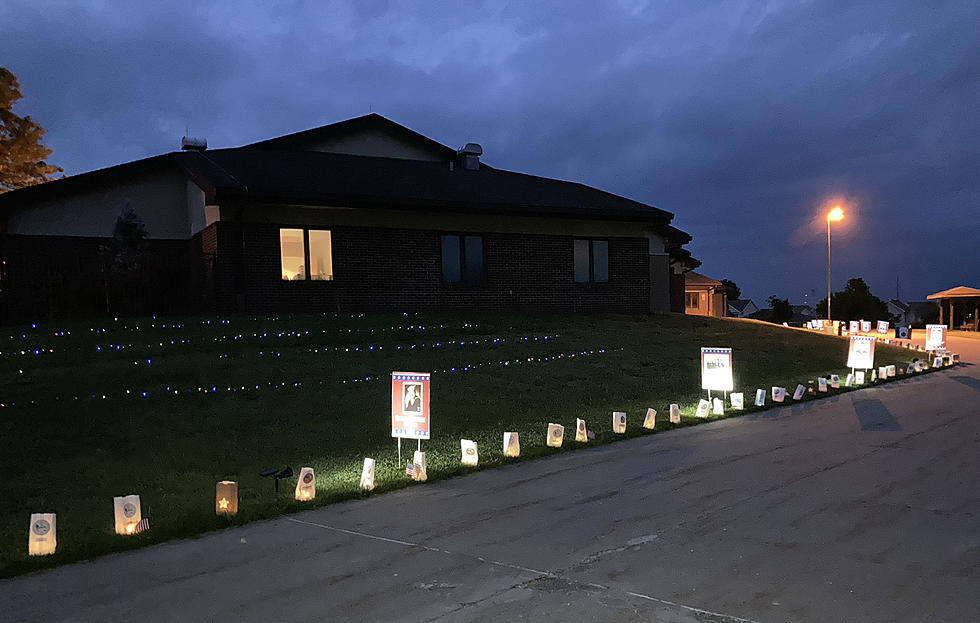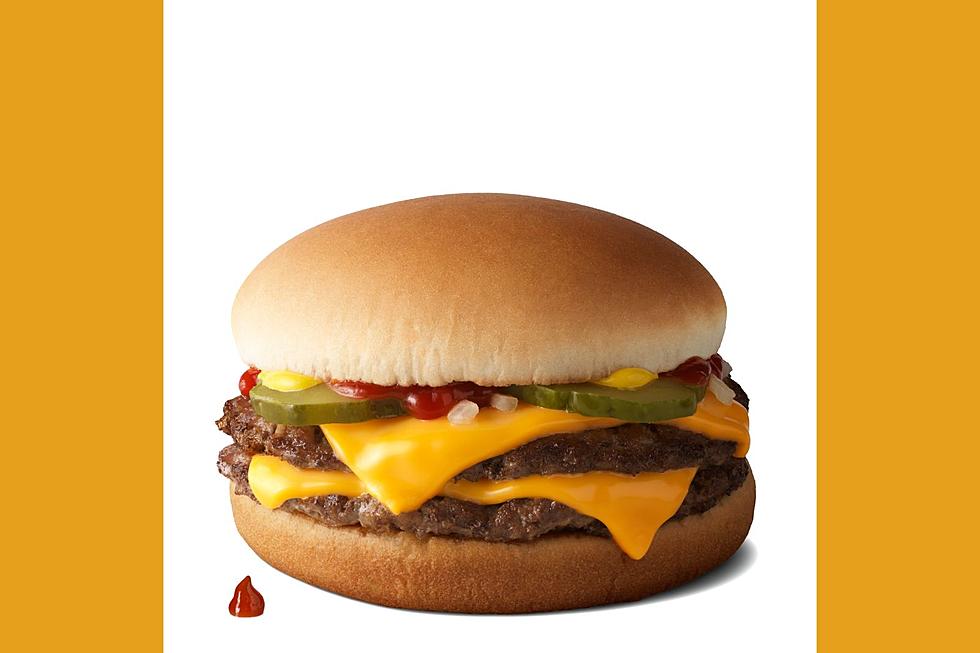
Pedestrian Deaths In Missouri Are Up; Save A Life Slow Down
About a year ago my Uncle Brian was coming home from work and crossing the street to get to his apartment when he was struck by a vehicle. Sadly, it happened on a major street and he didn't make it. So when I saw the article on Fox 2 Now talking about how pedestrian fatalities are spiking it caught my interest. It turns out, there's not a satisfying answer to the problem.
According to the Governor's Highway Safety Association, "Pedestrian fatalities have skyrocketed 77% since 2010, compared to 25% for all other traffic-related deaths." That's a pretty scary number if you ask me. In Illinois, where my Uncle was hit, pedestrian fatalities decreased in 2022, according to a Patch article. However, Riverfront Times reports Missouri had one of the biggest increases in pedestrians being hit by vehicles.
So what does this all mean, is there a why behind it?
The Fox 2 Now article sheds some light on the increase. They say traffic enforcement decreased during the pandemic and that has led to less careful and more dangerous driving by emboldened drivers. Not to mention, bigger trucks, bigger SUVs, and heavier cars are more likely to strike pedestrians in the head or chest causing catastrophic injuries from the start. Larger vehicles also come with larger blind spots, which can make it hard to spot a pedestrian in one of those spots.
Also careless drivers. Both the Riverfront Times article and the Patch article bring up drivers speeding and not paying attention to their driving as well. The Patch article also brings up pedestrians being equally as distracted with their phones, or having earphones in, or otherwise not paying attention.
If you're going to be out walking, here are some tips from the National Highway Transportation Safety Administration:
- Follow the rules of the road and obey all signs and signals.
- Walk on sidewalks when available.
- If there's no sidewalk, walk against the flow of traffic, and stay as far from traffic as possible.
- Cross streets at intersections or crosswalks. Look for cars in all directions, and be aware of turning vehicles.
- If no crosswalk or intersection is available, pick a well-lit spot where you have a good view of the road in both directions. Wait for traffic to clear and cross when you have enough time to do so. Keep looking out for vehicles while crossing.
- Watch for cars in driveways that are entering or exiting.
- Don't walk while under the influence of drugs or alcohol because they impair your abilities and your judgment.
I'd also suggest wearing light-colored clothing, or investing in something like a reflective vest or clothing if you're going to regularly be out walking at night. It might make you look a little silly, but it could save your life.
As we head towards falling back and dusk and darkness start falling earlier and earlier I'd urge you whether driving or walking, to be careful and pay attention. You might save someone's life, even your own. I wish my Uncle Brian had been that lucky.
LOOK: Here are the states where you are most likely to hit an animal
Gallery Credit: Dom DiFurio & Jacob Osborn
LOOK: See how much gasoline cost the year you started driving
Gallery Credit: Sophia Crisafulli
More From AM 1050 KSIS










